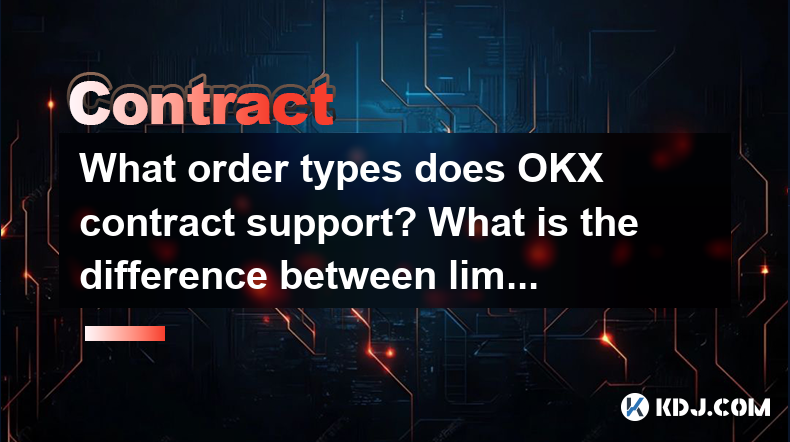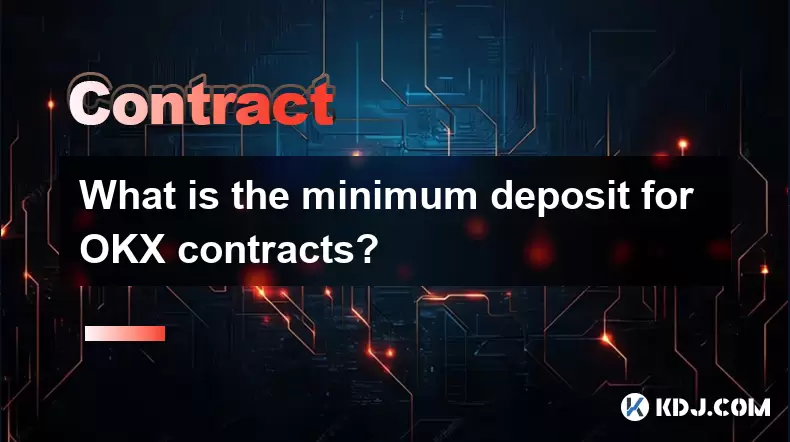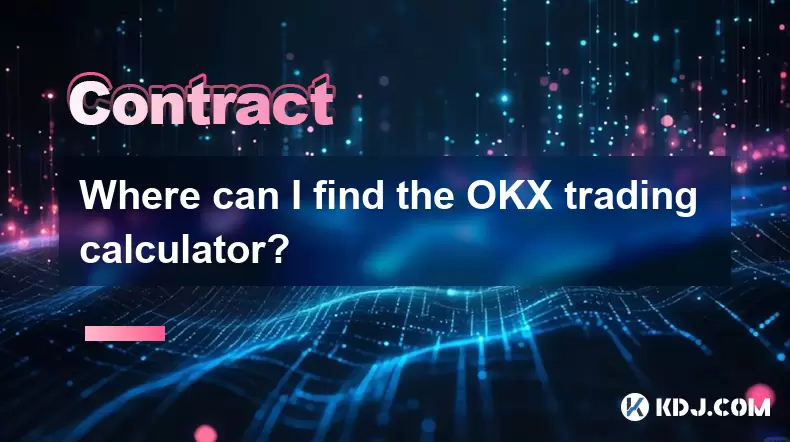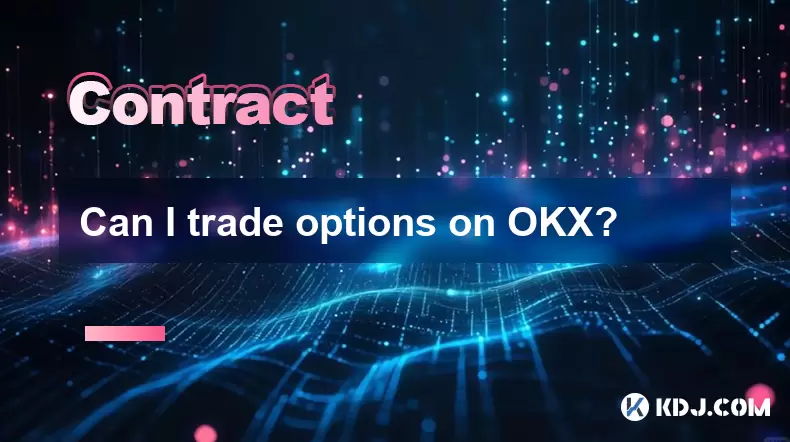-
 Bitcoin
Bitcoin $117500
2.15% -
 Ethereum
Ethereum $3911
6.19% -
 XRP
XRP $3.316
10.79% -
 Tether USDt
Tether USDt $1.000
0.01% -
 BNB
BNB $787.2
2.24% -
 Solana
Solana $175.2
4.15% -
 USDC
USDC $0.9999
0.00% -
 Dogecoin
Dogecoin $0.2225
8.40% -
 TRON
TRON $0.3383
0.28% -
 Cardano
Cardano $0.7868
6.02% -
 Stellar
Stellar $0.4382
9.34% -
 Hyperliquid
Hyperliquid $40.92
7.56% -
 Sui
Sui $3.764
7.63% -
 Chainlink
Chainlink $18.48
10.66% -
 Bitcoin Cash
Bitcoin Cash $582.1
1.88% -
 Hedera
Hedera $0.2601
6.30% -
 Avalanche
Avalanche $23.33
4.94% -
 Ethena USDe
Ethena USDe $1.001
0.02% -
 Litecoin
Litecoin $122.3
2.04% -
 UNUS SED LEO
UNUS SED LEO $8.969
-0.27% -
 Toncoin
Toncoin $3.339
0.86% -
 Shiba Inu
Shiba Inu $0.00001287
4.30% -
 Uniswap
Uniswap $10.43
7.38% -
 Polkadot
Polkadot $3.861
5.08% -
 Dai
Dai $1.000
0.02% -
 Bitget Token
Bitget Token $4.513
3.41% -
 Monero
Monero $267.7
-6.18% -
 Cronos
Cronos $0.1499
4.14% -
 Pepe
Pepe $0.00001110
5.15% -
 Aave
Aave $284.9
8.28%
What order types does OKX contract support? What is the difference between limit and market orders?
OKX supports various order types like market, limit, stop, and trigger orders, each tailored to different trading strategies and needs.
May 02, 2025 at 02:22 pm

OKX, one of the leading cryptocurrency exchanges, offers a variety of order types for its contract trading platform. These order types cater to different trading strategies and help traders manage their positions effectively. In this article, we will explore the various order types supported by OKX and delve into the differences between limit and market orders.
Understanding OKX Contract Order Types
OKX supports several order types, each designed to meet different trading needs. These include:
- Market Orders
- Limit Orders
- Stop Orders
- Trigger Orders
- Post-Only Orders
- Reduce-Only Orders
- Fill-or-Kill Orders
- Immediate-or-Cancel Orders
Each of these order types has its own unique features and use cases, allowing traders to execute their strategies with precision.
Market Orders
Market orders are the simplest type of order and are used when a trader wants to buy or sell a contract at the best available price immediately. When you place a market order, the exchange will execute the trade at the current market price, ensuring that the order is filled as quickly as possible.
Market orders are ideal for traders who prioritize speed over price. For instance, if you need to exit a position quickly due to a sudden market movement, a market order would be the most suitable choice. However, the trade-off is that you might not get the exact price you were hoping for, especially in volatile markets.
Limit Orders
Limit orders, on the other hand, allow traders to specify the price at which they want to buy or sell a contract. When you place a limit order, it will only be executed if the market reaches or surpasses the specified price. This type of order gives traders more control over the price at which they enter or exit a position.
For example, if you believe the price of a contract will reach $100 and you want to buy it at that price, you can set a limit order to buy at $100. The order will only be filled if the market price hits $100 or lower. Limit orders are useful for traders who want to ensure they get a specific price, but they may not be filled if the market does not reach the specified price.
Stop Orders
Stop orders are used to limit losses or protect profits. A stop order becomes a market order once the stop price is reached. There are two types of stop orders: stop-loss orders and stop-limit orders.
- Stop-Loss Orders: These are designed to limit losses. If the price of a contract falls to the stop price, the order is triggered, and a market order is placed to sell the contract at the best available price.
- Stop-Limit Orders: These orders combine the features of stop orders and limit orders. When the stop price is reached, a limit order is placed instead of a market order. This allows traders to specify the price at which they want to sell the contract.
Trigger Orders
Trigger orders are similar to stop orders but are used to enter new positions rather than exit existing ones. A trigger order becomes a market order or a limit order once the trigger price is reached.
For example, if you want to buy a contract when its price reaches $100, you can set a trigger order to buy at $100. Once the price hits $100, the order will be executed as a market order or a limit order, depending on your settings.
Post-Only Orders
Post-only orders are designed to ensure that your order adds liquidity to the order book without being immediately filled. If a post-only order would be filled immediately upon placement, it is canceled instead.
This type of order is useful for traders who want to provide liquidity and earn rebates on their trades. Post-only orders are commonly used by market makers who want to ensure their orders remain in the order book.
Reduce-Only Orders
Reduce-only orders are used to decrease the size of an existing position. These orders can only be filled if they reduce the position size and cannot increase it. If a reduce-only order would increase the position size, it is canceled.
Reduce-only orders are helpful for traders who want to manage their risk by gradually reducing their exposure to a particular contract.
Fill-or-Kill Orders
Fill-or-kill orders are designed to be filled immediately in their entirety or not at all. If the entire order cannot be filled at the specified price, it is canceled.
This type of order is useful for traders who want to ensure that their entire order is executed at a specific price. Fill-or-kill orders are often used in situations where partial fills are not desirable.
Immediate-or-Cancel Orders
Immediate-or-cancel orders are similar to fill-or-kill orders but allow partial fills. Any portion of the order that cannot be filled immediately is canceled.
Immediate-or-cancel orders are useful for traders who want to execute as much of their order as possible at the current market price but are willing to accept partial fills.
Difference Between Limit and Market Orders
Understanding the difference between limit orders and market orders is crucial for effective trading. Here’s a detailed comparison:
Execution Speed: Market orders are executed immediately at the best available price, while limit orders are only executed if the market reaches the specified price. This means that market orders are faster but may result in less favorable prices, whereas limit orders can take longer to fill but allow for more control over the price.
Price Control: With a limit order, you have complete control over the price at which your order is executed. You can set a buy limit order below the current market price or a sell limit order above it. In contrast, a market order does not allow you to specify a price; it is filled at the best available price at the time of execution.
Risk and Certainty: Market orders carry the risk of slippage, which is the difference between the expected price of a trade and the price at which the trade is executed. This risk is higher in volatile markets. Limit orders, on the other hand, eliminate the risk of slippage but come with the risk of the order not being filled if the market does not reach the specified price.
Use Cases: Market orders are ideal for traders who need to enter or exit a position quickly, such as during a sudden market movement. Limit orders are better suited for traders who want to buy at a lower price or sell at a higher price than the current market rate.
FAQs
Q: Can I use a combination of different order types in my trading strategy on OKX?
A: Yes, OKX allows traders to use a combination of different order types to create more complex trading strategies. For instance, you can use a stop-loss order to limit your losses while simultaneously placing a limit order to enter a new position at a favorable price.
Q: How can I cancel an order on OKX if it has not been filled yet?
A: To cancel an unfilled order on OKX, follow these steps:
- Log in to your OKX account.
- Navigate to the trading interface.
- Find the order in the "Open Orders" section.
- Click on the "Cancel" button next to the order you want to cancel.
- Confirm the cancellation if prompted.
Q: Are there any fees associated with different order types on OKX?
A: Yes, OKX charges different fees depending on the type of order and the trading pair. Market orders and limit orders may have different fee structures, and fees can also vary based on your trading volume and whether you are a maker or a taker. It's important to check the fee schedule on OKX's website for the most current information.
Q: Can I set multiple stop orders for the same contract on OKX?
A: Yes, OKX allows you to set multiple stop orders for the same contract. This can be useful for managing different aspects of your trading strategy, such as setting multiple stop-loss levels to protect profits at different price points.
Disclaimer:info@kdj.com
The information provided is not trading advice. kdj.com does not assume any responsibility for any investments made based on the information provided in this article. Cryptocurrencies are highly volatile and it is highly recommended that you invest with caution after thorough research!
If you believe that the content used on this website infringes your copyright, please contact us immediately (info@kdj.com) and we will delete it promptly.
- Stablecoins, Hong Kong, and On-Chain Finance: Navigating the Regulatory Maze
- 2025-08-08 12:30:12
- Tron's Sell-Off Spurs Altcoin Shift: What's Next for TRX?
- 2025-08-08 08:30:12
- Euler, DeFi, and Coinbase: A New York Minute on the Latest Buzz
- 2025-08-08 12:30:12
- RUVI Presale: Is the Growth Potential Real?
- 2025-08-08 09:10:12
- Sleep Token's US Takeover: Thornhill Rides the 'Even In Arcadia' Wave
- 2025-08-08 08:30:12
- FTT Token's Wild Ride: Creditor Repayments vs. Market Drop - A New Yorker's Take
- 2025-08-08 07:10:12
Related knowledge

What is the distinction between mark price and last price on KuCoin?
Aug 08,2025 at 01:58pm
Understanding the Basics of Price in Cryptocurrency TradingIn cryptocurrency exchanges like KuCoin, two key price indicators frequently appear on trad...

What are the specific maker and taker fees on KuCoin Futures?
Aug 08,2025 at 08:28am
Understanding Maker and Taker Fees on KuCoin FuturesWhen trading on KuCoin Futures, users encounter two primary types of fees: maker fees and taker fe...

What is the maximum leverage available on KuCoin Futures?
Aug 08,2025 at 10:21am
Understanding Leverage in KuCoin Futures TradingLeverage in KuCoin Futures allows traders to control a larger position size using a smaller amount of ...

What is the minimum deposit for OKX contracts?
Aug 08,2025 at 07:00am
Understanding OKX Contract Trading BasicsOKX is one of the leading cryptocurrency derivatives exchanges, offering a wide range of perpetual and future...

Where can I find the OKX trading calculator?
Aug 08,2025 at 07:49am
Understanding the OKX Trading Calculator FunctionalityThe OKX trading calculator is a powerful analytical tool designed to assist traders in estimatin...

Can I trade options on OKX?
Aug 08,2025 at 11:01am
Understanding Options Trading on OKXYes, you can trade options on OKX. OKX is one of the leading cryptocurrency derivatives exchanges that offers a de...

What is the distinction between mark price and last price on KuCoin?
Aug 08,2025 at 01:58pm
Understanding the Basics of Price in Cryptocurrency TradingIn cryptocurrency exchanges like KuCoin, two key price indicators frequently appear on trad...

What are the specific maker and taker fees on KuCoin Futures?
Aug 08,2025 at 08:28am
Understanding Maker and Taker Fees on KuCoin FuturesWhen trading on KuCoin Futures, users encounter two primary types of fees: maker fees and taker fe...

What is the maximum leverage available on KuCoin Futures?
Aug 08,2025 at 10:21am
Understanding Leverage in KuCoin Futures TradingLeverage in KuCoin Futures allows traders to control a larger position size using a smaller amount of ...

What is the minimum deposit for OKX contracts?
Aug 08,2025 at 07:00am
Understanding OKX Contract Trading BasicsOKX is one of the leading cryptocurrency derivatives exchanges, offering a wide range of perpetual and future...

Where can I find the OKX trading calculator?
Aug 08,2025 at 07:49am
Understanding the OKX Trading Calculator FunctionalityThe OKX trading calculator is a powerful analytical tool designed to assist traders in estimatin...

Can I trade options on OKX?
Aug 08,2025 at 11:01am
Understanding Options Trading on OKXYes, you can trade options on OKX. OKX is one of the leading cryptocurrency derivatives exchanges that offers a de...
See all articles

























































































